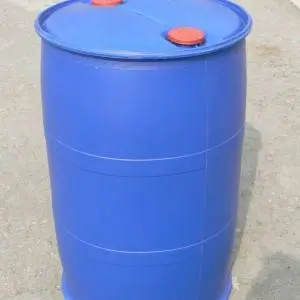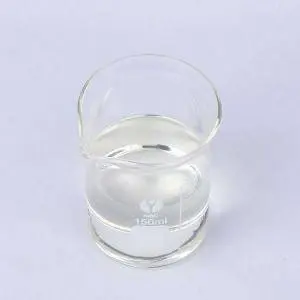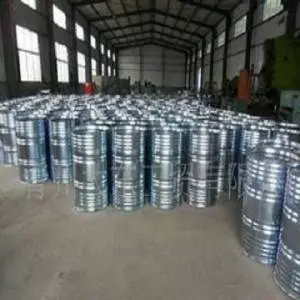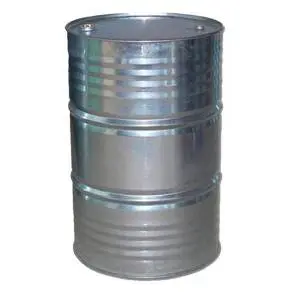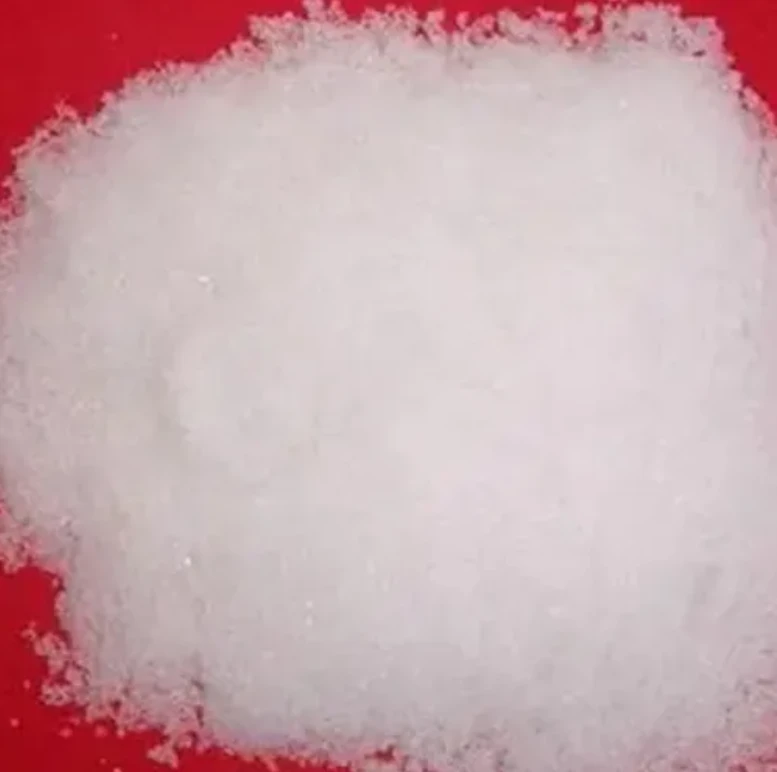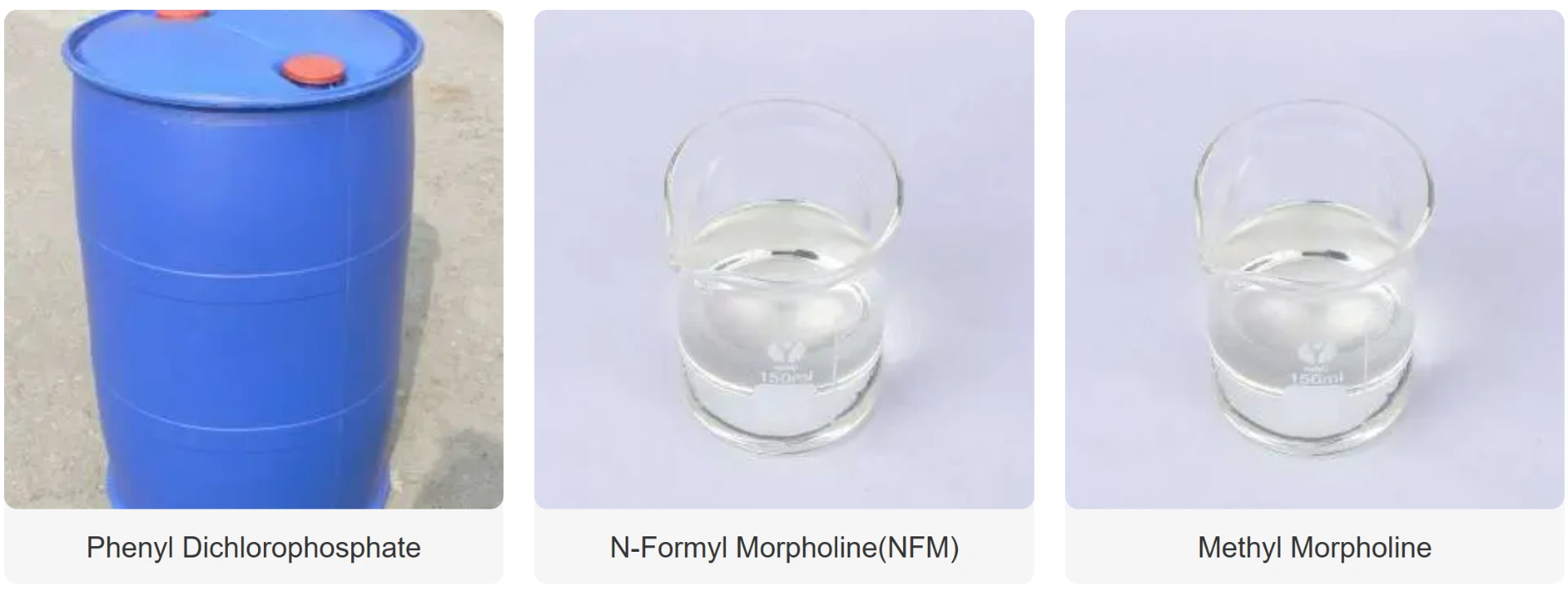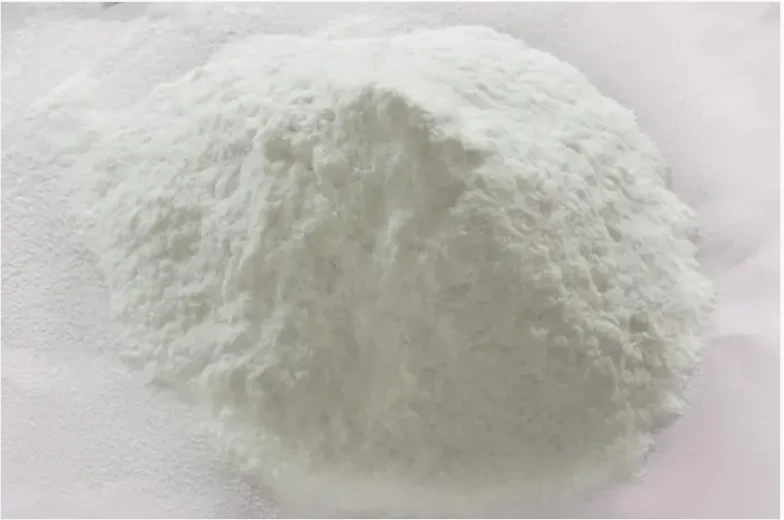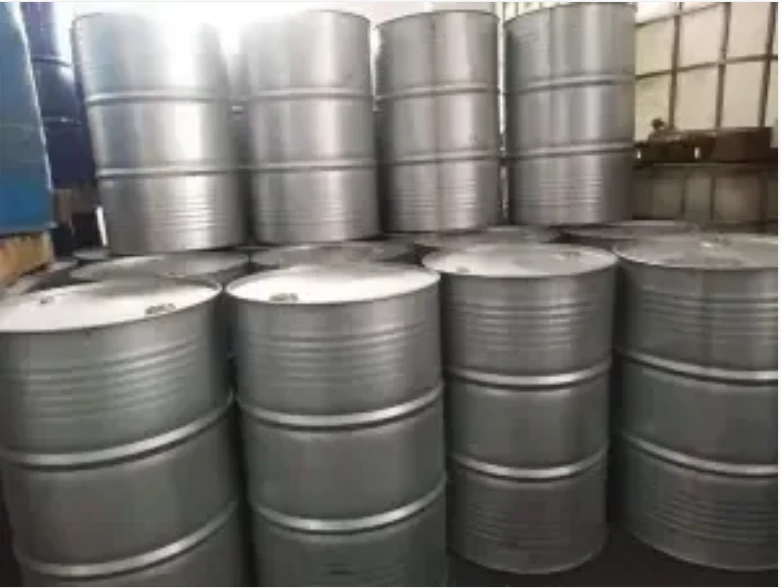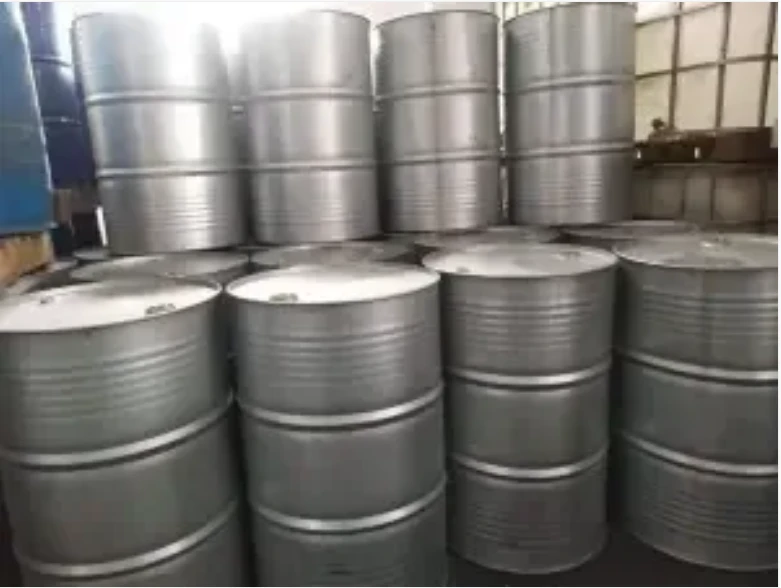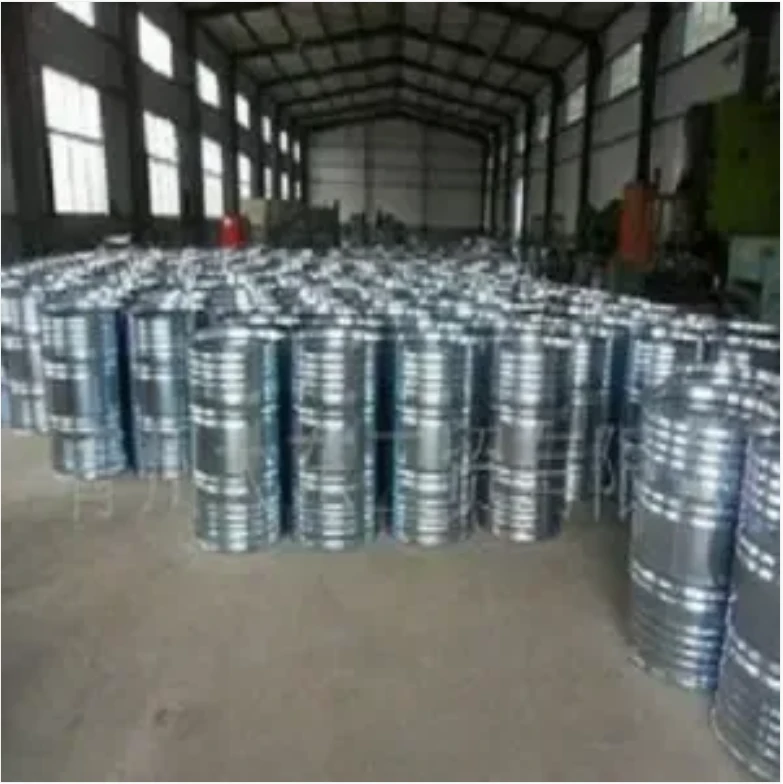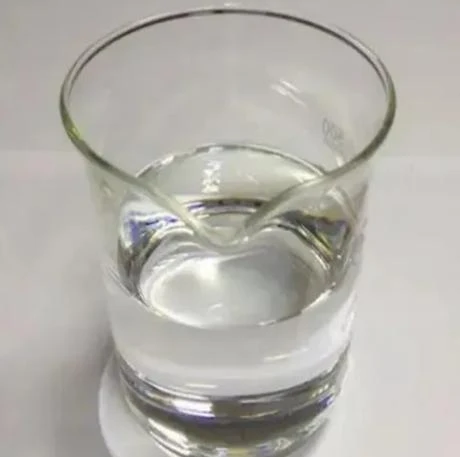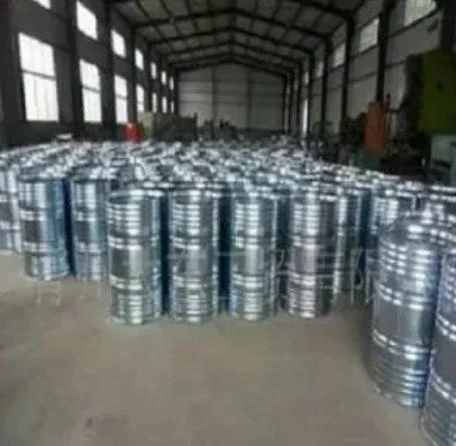Sodium Carboxymethyl Cellulose Derivatives
The versatile family of natrium karboksimetil selulosa derivatives, also known as karboksi metil selulosa atau sodium cmc, serves as essential functional additives across multiple industries. As a leading chemical manufacturer, we examine the properties and applications of these modified cellulose compounds that have earned the nickname "industrial MSG" for their widespread utility.
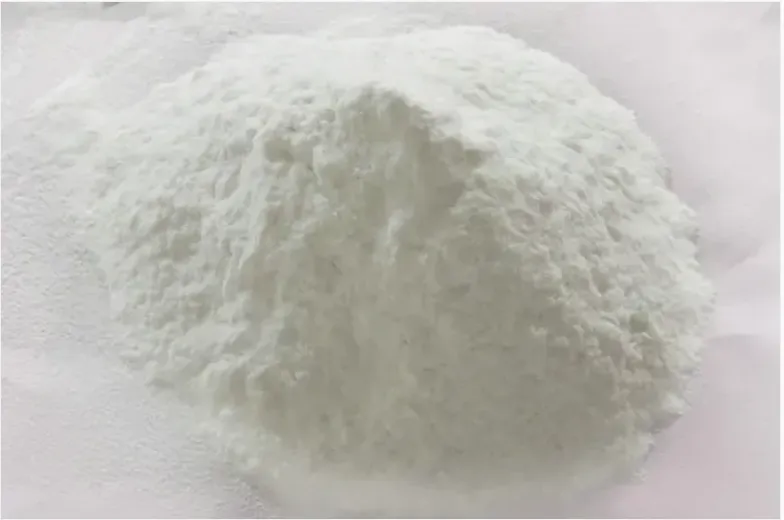
Sodium Carboxymethyl Cellulose Oilfield Applications
- Drilling fluid additive- Carboxy methyl cellulose controls water loss in mud systems
• Filter cake formation - Sodium cmc creates low-permeability wellbore coatings
• Gas release - Natrium karboksimetil selulosa reduces initial shear for degassing
• Thermal stability - High-grade karboksi metil selulosa performs at 150°C+
• Salt resistance - Sodium cmc maintains viscosity in brine environments
Carboxy Methyl Cellulose Textile Uses
- Sizing agent - Natrium karboksimetil selulosa strengthens warp yarns
- • Fabric finishing - Sodium cmc improves hand feel and stiffness
• Print thickener - Carboxy methyl cellulose controls dye penetration
• Emulsification - Natrium karboksimetil selulosa aids fiber lubricants
• Waste treatment - Sodium cmc flocculates textile effluents
|
Spesifikasi |
Viskositas |
Viskositas |
Tingkat Substitusi |
Kemurnian |
Telp |
Kelembaban |
Rekomendasi Aplikasi |
|
20LF |
|
25-50 |
0.7-1.0 |
≥98.0% |
6.0-8.5 |
≤ 8.0% |
Jus |
|
50LF |
|
50-100 |
0.7-1.0 |
≥98.0% |
6.0-8.5 |
≤ 8.0% |
Jus, Minuman Ringan, dll. |
|
500 juta |
|
100-500 |
0.7-1.0 |
≥99.5% |
6.0-8.5 |
≤ 8.0% |
Minuman Ringan |
|
1000MF |
|
500-2000 |
0.7-1.0 |
≥99.5% |
6.0-8.5 |
≤ 8.0% |
Jus, Yogurt dll |
|
300HF |
200-400 |
|
0.7-0.95 |
≥99.5% |
6.0-8.5 |
≤ 8.0% |
Jus, Minum Susu dll |
|
500HF |
400-600 |
|
0.7-0.95 |
≥99.5% |
6.0-8.5 |
≤ 8.0% |
Jus |
|
700HF |
600-800 |
|
0.7-0.95 |
≥99.5% |
6.0-8.5 |
≤ 8.0% |
Es Krim, Jus dll |
|
1000HF |
800-1200 |
|
0.7-0.95 |
≥99.5% |
6.0-8.5 |
≤ 8.0% |
Jus, Mie Instan dll |
|
1500HF |
1200-1500 |
|
0.7-0.95 |
≥99.5% |
6.0-8.5 |
≤ 8.0% |
Jus, Yogurt, Mie Instan, dll. |
|
1800HF |
1500-2000 |
|
0.7-0.95 |
≥99.5% |
6.0-8.5 |
≤ 8.0% |
Jus, Yogurt, Mie Instan, dll. |
|
2000HF |
2000-3000 |
|
0.7-0.95 |
≥99.5% |
6.0-8.5 |
≤ 8.0% |
Toko Roti, Minuman Ringan, dll. |
|
3000HF |
3000-4000 |
|
0.7-0.95 |
≥99.5% |
6.0-8.5 |
≤ 8.0% |
Toko roti dll |
|
4000HF |
4000-5000 |
|
0.7-0.95 |
≥99.5% |
6.0-8.5 |
≤ 8.0% |
Roti, Daging dll |
|
5000HF |
5000-6000 |
|
0.7-0.95 |
≥99.5% |
6.0-8.5 |
≤ 8.0% |
Roti, Daging dll |
|
6000HF |
6000-7000 (ASTM) |
|
0.7-0.9 |
≥99.5% |
6.0-8.5 |
≤ 8.0% |
Roti, Daging dll |
|
7000HF |
7000-8000 (ASTM) |
|
0.7-0.9 |
≥99.5% |
6.0-8.5 |
≤ 8.0% |
Roti, Daging dll |
|
8000HF |
8000-9000 (ASTM) |
|
0.7-0.9 |
≥99.5% |
6.0-8.5 |
≤ 8.0% |
Roti, Daging dll |
|
FH9 |
800-1200 (NDJ-79, 2%) |
Minimal 0,9 |
≥97.0% |
6.0-8.5 |
≤10.0% |
Jus, Yogurt, Minum susu dll |
|
|
FVH9 |
1800-2200 (NDJ-79, 2%) |
Minimal 0,9 |
≥97.0% |
6.0-8.5 |
≤10.0% |
Jus, Yogurt, Minum susu dll |
|
|
FH6 |
800-1200 (NDJ-79, 2%) |
0.7-0.85 |
≥97.0% |
6.0-8.5 |
≤ 10.0% |
Es krim |
|
|
FVH6 |
1800-2200 (NDJ-79, 2%) |
0.7-0.85 |
≥97.0% |
6.0-8.5 |
≤10.0% |
Roti, Daging, Es Krim |
|
Sodium CMC Paper Industry Benefits
- Wet-end additive - Natrium karboksimetil selulosaincreases dry strength 40-50%
• Surface sizing - Carboxy methyl cellulose improves printability
• Retention aid - Sodium cmc reduces filler loss
• Recycling aid - Natrium karboksimetil selulosa enhances repulpability
• Coating binder - Carboxy methyl cellulose for glossy finishes
Sodium Carboxymethyl Cellulose Consumer Products
- Toothpaste base - Sodium cmcprovides optimal rheology
• Detergent builder - Carboxy methyl cellulose prevents redeposition
• Cosmetic thickener - Natrium karboksimetil selulosa stabilizes emulsions
• Food additive - Sodium cmc improves texture (E466)
• Pharmaceuticals - Carboxy methyl cellulose tablet disintegrant
Carboxy Methyl Cellulose Construction Uses
- Mortar additive - Natrium karboksimetil selulosaimproves workability
• Tile adhesive - Sodium cmc enhances open time
• Gypsum retarder - Carboxy methyl cellulose controls setting
• Sprayed concrete - Natrium karboksimetil selulosa reduces rebound - Water retention - Sodium cmcprevents premature drying
Sodium Carboxymethyl Cellulose FAQs
Q: What are the primary applications of natrium karboksimetil selulosa in the food industry?
A: Natrium karboksimetil selulosa (Sodium CMC) is widely used as a thickener, stabilizer, and emulsifier in foods like ice cream, salad dressings, and bakery products. It prevents ice crystal formation in frozen desserts, improves texture in sauces, and acts as a fat replacer in low-calorie products.
Q: How does carboxy methyl cellulose differ from other cellulose derivatives?
A: Carboxy methyl cellulose (CMC) stands out for its high water solubility and ability to form viscous solutions at low concentrations. Unlike methylcellulose or hydroxypropyl methylcellulose, CMC has carboxymethyl groups that enhance its ionic properties, making it ideal for applications requiring pH stability and electrolyte tolerance.
Q: What safety regulations apply to sodium CMC in pharmaceutical formulations?
A: Sodium CMC is classified as GRAS (Generally Recognized as Safe) by the FDA and is approved in pharmaceuticals as an excipient for tablets, ophthalmic solutions, and topical creams. It must meet USP/NF purity standards, with limits on heavy metals and microbial contaminants.
Q: Can natrium karboksimetil selulosa be used in water treatment processes?
A: Yes, natrium karboksimetil selulosa acts as a flocculant and stabilizer in water treatment. Its anionic nature helps remove heavy metals and suspended particles by binding to contaminants, improving sedimentation efficiency in industrial and municipal wastewater systems.
Q: How does the degree of substitution (DS) affect the properties of carboxy methyl cellulose?
A: The DS of karboksi metil selulosa influences its solubility, viscosity, and salt tolerance. Higher DS (0.8–1.2) provides better solubility in acidic conditions and resistance to electrolytes, making it suitable for acidic foods and personal care products. Lower DS grades (0.5–0.7) are preferred for applications requiring gel formation, such as in ceramic glazes.
Selamat datang di Shijiazhuang Sincere Chemicals Co., Ltd.! https://www.sincerechemicals.com/ Since 2001, we’ve been blending integrity and innovation to craft top-tier chemicals. From Hexamethylphosphoric triamide to ABL, our products drive progress in electronics, medicine, and beyond. Join us on this journey of excellence. Explore, discover, and let’s build a brighter future together.
Post time: Agu . 06, 2025 16:10



